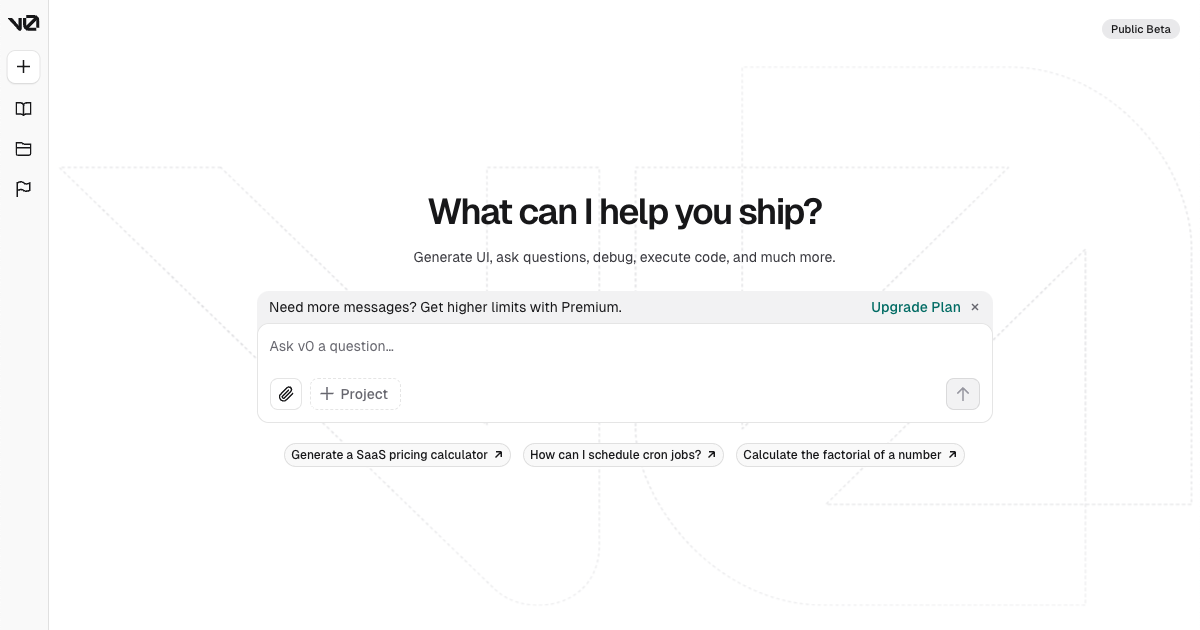About AI and Data Structuring

I asked ChatGPT about some concerns I had regarding data structuring.
Will data structuring become more important as AI continues to evolve?
Yes, as AI continues to develop, the structuring of data is expected to become increasingly important.
Modern AI, in many cases, is based on machine learning algorithms that utilize large amounts of data. These algorithms take data as input, understand its patterns and tendencies, and are used to predict unknown data. Therefore, the structuring of data directly affects the performance of AI.
Structured data is divided into clear fields or columns, with a specific data type assigned to each field. This allows for easy data analysis, query execution, and identification of relationships. It also improves data quality, avoiding incorrect predictions and inaccurate results.
Conversely, unstructured data, such as natural language, can be more challenging for AI to handle. Processing unstructured data is a complex task for AI, making data structuring increasingly important.
In summary, as AI evolves, data structuring will become more crucial, enhancing AI performance.
With the advancement of natural language processing, do you think a future where unstructured data can be understood at the same level as structured data is possible?
Yes, with the advancement of natural language processing, it is possible that unstructured data can be understood at the same level as structured data in the future.
Natural language processing is a technology that understands the information contained in natural language and converts it into a computer-processable form. The development of natural language processing has made it possible to extract information from unstructured data, such as text and speech, and process it similarly to structured data.
For example, natural language processing technology can analyze product or service satisfaction from review texts or tweets. In the medical field, it is possible to extract diagnostic and treatment information from unstructured medical records.
However, natural language processing technology is not yet perfect, and issues with accuracy and reliability remain. Also, analyzing using natural language processing requires a vast amount of training data. Therefore, the importance of data structuring will continue to be a strong perspective.
As data structuring becomes more important, do you think common standards will emerge?
As data structuring becomes more important, it is likely that common standards will emerge. In fact, common data standards are already used in many industries and fields.
For example, in the field of information technology, common standards such as XML, JSON, CSV, and SQL exist. These standards improve data structuring and interoperability, allowing data to be shared between different programs and systems. Similarly, common standards are used in other industries, such as electronic medical records, financial transactions, and logistics management.
Additionally, as AI technology evolves, new standards specialized in data structuring may be developed. For example, data formats optimized for training machine learning models and data structures suitable for AI analysis.
However, as there are different standards in each industry and field, one common standard will not meet all data structuring needs. Therefore, a variety of standards are expected to coexist. Nonetheless, interoperability among these standards is desirable, so the importance of standardization and interoperability in data structuring will increase.
Please provide as detailed information as possible about data structures that are easy for AI to understand.
There are several elements to data structures that are easy for AI to understand. Here is a detailed explanation:
1. Consistent Structure
A consistent structure is important for AI to easily understand data structures. This means that the type and structure of data need to be uniform. For example, if the same type of data is represented in the same format, AI can easily understand the data.
2. Data Normalization
Data normalization, which formats data into a certain form to eliminate duplicates and maintain consistency, is important. For instance, a specific format like "YYYY/MM/DD" can be used for date data. This prevents different representations of the same date, making it easier for AI to understand.
3. Hierarchical Structure
A hierarchical structure is suitable for data structures easy for AI to understand. This organization of data into hierarchical levels facilitates data organization and retrieval. For example, the structure of web pages is represented using the hierarchical structure of HTML, making it easier for AI to extract and analyze web page information.
4. Statistical Information
Including statistical information in data structures easy for AI to understand is crucial. For instance, incorporating data's average, standard deviation, maximum, and minimum values allows AI to understand the data more accurately.
5. Metadata
Metadata, which describes information about the data itself, is important in data structures easy for AI to understand. For example, it includes information such as the type of data, format, creation and update dates, creators, and editors. This allows AI to accurately understand the data.
As the value of data increases, do you think there will be progress in legislation and a move towards an opt-in system for data that is not desired to be provided as learning data?
Yes, as the value of data increases, it is expected that there will be undesired data, such as personal information, that should not be provided as learning data. Therefore, progress in legislation is anticipated.
In fact, many countries and regions have enacted laws related to the protection of personal information and privacy. These laws specify rules for appropriately protecting personal information. Examples include GDPR (General Data Protection Regulation) in the EU and CCPA (California Consumer Privacy Act) in the US.
A move towards an opt-in system is also conceivable. Opt-in is a system where personal information can be used only if the individual explicitly agrees. This system is expected to increase transparency and protect individual rights in handling personal information.
However, as legislation progresses, the range of data available for AI training may become more limited. Therefore, it is important to strike a balance between data privacy and AI development.
Summary
Thank you, ChatGPT.
I might have led the questions a bit...
Nevertheless, the discussion about new standards specialized in data structuring and the narrowing scope of data available for AI learning due to legal developments was very enlightening.
And above all, an article was completed in about 10 minutes. Terrifying, isn't it?















